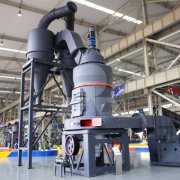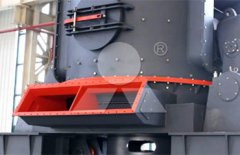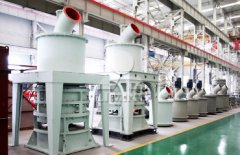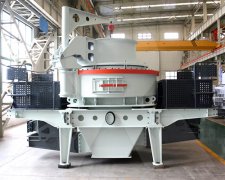Understanding the Operation of Vertical Shaft Impact Crushers
Vertical shaft impact (VSI) crushers apply a high-speed rotating rotor within a crushing chamber to reduce material through velocity rather than compressed force. This article examines the key components and working principles of VSI crushers.
The Main Components:
Feed hopper – Distributes material into the crushing chamber
Rotor – A vertical, spinning shaft fitted with heavy, abrasive blow bars
Crushing chamber – A tapered base and walls surrounding the rotor
Adjustable discharge opening – Regulates product size
Working Principles:
Materials enter the crushing chamber from the feed hopper above the rotor. As the rotor spins at high velocity, usually over 1000 RPM, the G-forces generated cause material to be pinned between the blow bars and chamber walls.
Intense inter-particle collisions and friction induce rapid size reduction through impact and attrition. Finished product of a uniform, cubical shape is ejected through the discharge opening, while oversized material returns to the crushing chamber.
The rotor’s high-speed rotation and precisely engineered crushing chamber work in conjunction to break down feed sizes efficiently in a single pass. This produces consistently shaped aggregates suitable for asphalt, concrete and base courses.
Key operational parameters like rotor speed, feed size and discharge settings can be adjusted based on the application to optimize performance of VSI crushers.




